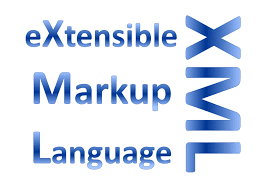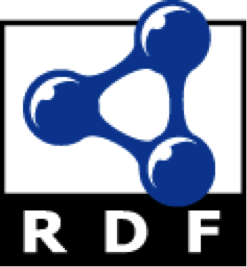Using the LCIM defined earlier in different contributions becomes possible. The following shows the six
levels of interpretation (technical,
and conceptual) and the evaluated standardization efforts (DIS, HLA, BOM,
XML, RDFS, OWL – S) to show the degree of support of
interpretation, and ability to compose as defined in the LCIM can be provided.
The dark gray fields indicate that this level of interpretation is well covered
by the respective approach. The light gray fields indicate that the standard
comprises means to cope with challenges of this level, but not sufficiently to
allow for unambiguous solution.
The justifications for the shades shown are as follows:
(1) DIS uses established infrastructures like Ethernet or Token Rings and
established Web protocols to ensure the technical connectivity. The
definition of PDUs ensure unambiguous syntax and semantic. However,
which PDUs can be sent to whom in which context (pragmatic) and
how the system reacts (dynamics) are not part of
there is room to capture agreements. The conceptual assumptions and
constraints, however, are not covered.
(2) HLA has means to support all levels of interpretation, but only the
lower levels are standardized. As DIS, the technical level is supported
by using established protocols. The HLA OMT unambiguously defines CURRENT interpretation STANDARD SOLUTIONS
(3)
the syntax. However, as no common data model is given (on purpose,
in order to be able to support all M & S application domains and
areas), every level from the semantic level must be agreed to and
documented in the artifacts provided by the HLA. Unfortunately, these
artifacts are not mandatory, so that the upper layers are not supported
unambiguously.
BOM evaluated the lessons learned from DIS and HLA and introduced
an extension of necessary artifacts in the form of the BOM template
that requires to identify the conceptual entities and events (semantics),
resulting state changes in the entities (dynamic), and the patterns of
interplay (pragmatic) for the higher levels of interpretation. The
mapping connects these to the syntactically consistent representations
in the services or components represented by the BOM. However, the
capturing of assumptions and constraints is limited to the documentation
what is modeled, which is not sufficient to support the conceptual
level of the LCIM.





7 Comments. Leave new
Good work!
Hmmm…good.
Nice!
Good job!
very well researched 😀
i have gone through your rdfs blog 😀
this is also well wriiten but the fact remains the same 😀 use some simple language to groom non it people to 😀
, this can also increase you viewership on your blog 😀
rather than restricting it to one kind of people 😀
Like there are 10 people in this world 😀
1: who know binary language
2. other who dont know binary 😉
Nice!
Well written. Good job. Keep up the good work. 🙂